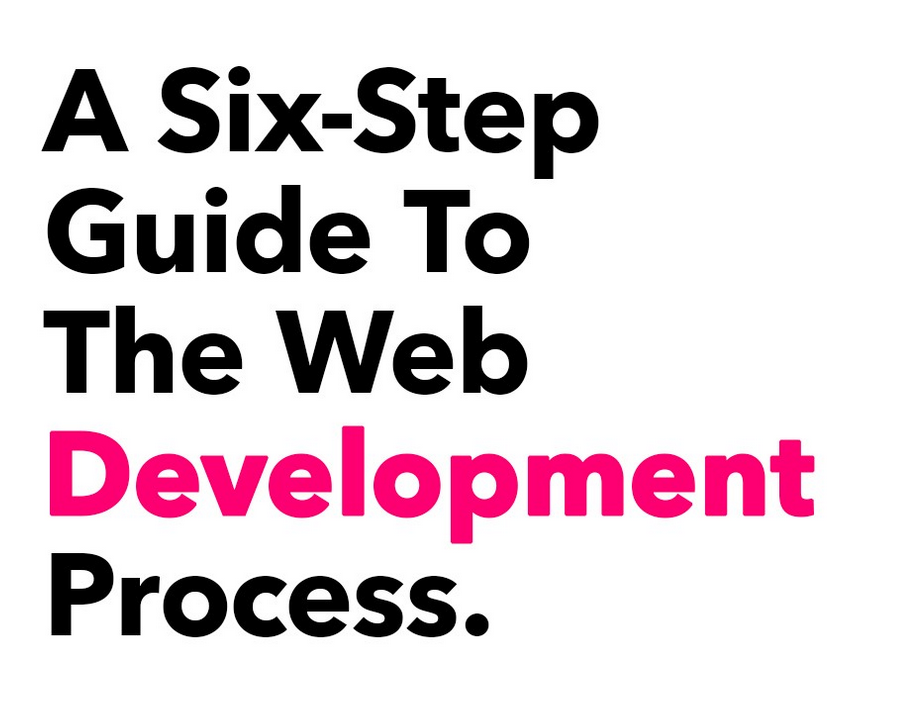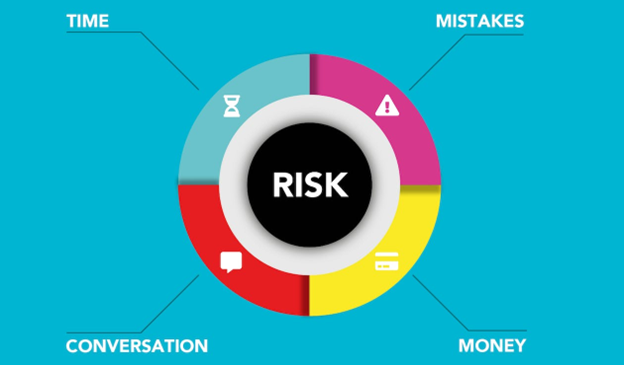The user experience (UX) design of any app is grounded on psychological principles. There are several psychological laws that tell us how we pay attention to our device screens, how we interact, and the way we use digital interfaces and applications. A good design grounded
on these psychological principles ultimately enhances the chances of user retention as well.
Over the years, several laws ruled the UX design including Miller’s Law, Hick’s Law, Fitts Law, and several others. Here throughout this blog post, we are going to explain some of these psychological principles and laws that the best UI/UX design agencies should adhere to.
Miller’s Law
Miller’s Law is still the most commonly referred psychological principle upheld by UX experts worldwide. It deals with one of the most decisive aspects of UX design called number or options or choices. According to this famous law on average, a person with regular memory can remember up to seven different options without putting extra effort. Sometimes, this capacity may vary just a notch higher or lower depending upon the working memory capacity of the person.
Naturally, according to this psychological principle, when the number of choices becomes more in number users are more likely to become overwhelmed and miss out on something or the other. There is a number of ways you can address this principle through your UX design. Here below we provide some time-tested measures and tips.
- The first and basic option is to reduce the number of choices and make it well within the average capacity of 7. This is what designers keep in mind when showcasing the services of a B2B brand through website or app sliders.
- Another effective way to do this is chunking which is nothing but grouping together a few information or offerings together based upon their common attributes and features. This ensures a more coherent memorizing of things simply by category. This is what content marketers, entertainment apps, and streaming platforms do when they create genres, time-specific groupings, etc.
- The principle apart from utilizing in creating product pages or service pages can also be used in many other UX design contexts. For example, to help users sign a form quickly and easily is by grouping form fields together into different categories.
- Even the contact numbers provided by a business entity or the credit or debit card numbers can be used as per this psychological principle and help users remember the digits easily. The grouping of phone number or credit card number digits with the use of a hyphen or spacing represents how you help users to remember easily.
Fitts’ Law
For every UX designer, the need to predict and know human behaviour and movement is of utmost importance. This is exactly where Fitts’ Law comes into the picture. According to this law, the more time it takes to interact with a target, there is more possibility of committing errors by the users.
Explaining this law in the context of user experience, we can take notice of two problematic aspects such as faster on-screen movements and smaller tap targets. Both of them result in erroneous or non-responsive clicks or taps by the users. Apart from causing erroneous and frustrating experiences in getting things done, these UX mistakes can decrease user productivity and output to a great extent.
Question is, what kind of solution we can think of as per this principle? Well, the first and foremost thing that we need to focus on is designing the tap targets as bigger as possible. This will help users to tap on the target easily and without committing errors. When you hire a dedicated Flutter developer for a cross-platform project, you have a rich repository of UI widgets at your disposal but it is up to you to choose widgets that fit the design as per this principle.
From the perspective of mobile app user experience, the law must be contextualized in the design scheme of things by adhering to the platform-specific guidelines of designing buttons with the right size, positioning, and shape. As far as the size of the tap target is concerned, most UX designers are of opinion that the ideal tap target should have a size of 44 by 44 CSS pixels irrespective of the target OS platform. In the responsive design, this tap target size will proportionately become bigger or smaller as per the device screen size.
Many UX designers commit the mistake of not fully adhering to this size standard for tap targets as recommended by the experts. By following this rule designers can easily reduce the distance between the tap target and users and ensure a more efficient and smooth interaction. Ultimately, this is what Fitt’s Law aims at.
Jakob’s Law
Jakob’s Law coming from the widely acclaimed UI/UX design expert Jakob Nielsen is about addressing the common user habits and expectations formed over time. As users interact with a variety of digital interfaces and applications throughout the day, they have certain habits and expectations corresponding to the look and feel, user interactions, and ease of getting things done. They form certain habits of online interactions and expect that your app will function in the same manner.
How you address such expectations is what Jacob’s Law is all about. This is where the old wisdom of sticking to certain design conventions becomes important. Instead of reinventing the wheel, designers should just use the patterns and design elements that users are mostly used to. This ultimately takes away the friction in the user experience as users need to spend less time learning new interactive elements and discovering what they need from an app.
For example, the search bar is mostly represented with an icon similar to a magnifying glass. Now just by changing this icon, you can actually push users to spend some unnecessary time trying to find the search function. Similarly, some icons are traditionally placed on the left or right side of the screen or at the bottom or upper side of the screen. Now by changing the traditional location of the icon you can also create friction in the user experience. This is a common fault committed by many UX designers.
Hick’s Law
Humans are always prone to distractions and too many choices just create such distractions. This is what remains at the very center of Hick’s Law. If you give your users too many choices or options, taking a decision becomes more time-consuming. The time taken for a decision will proportionally increase with the number and complexity of choices.
An increased number of choices and complex options will force customers to take a longer time to make a decision when purchasing a product or service from a web store. This is where Hick’s Law comes into place.
Many apps despite knowing this principle fail to incorporate this into their UX design. A lot of content choices in many leading publications ultimately make users scroll down limitlessly without really reading or watching the content. Even some world-famous and leading apps fall prey to this blunder.
The Netflix website offers a great example of this mistake. Too many movies and shows offered as choices often put the watchers in a dilemma resulting in a lack of viewership. This is where accomplished UX designers can play a great role by adhering to Hick’s Law.
Let us offer here some of the most effective tips to incorporate and use Hick’s Law into user experience design.
- Split the long and strenuous processes into milestones and steps. Every milestone will have a definite purpose to follow.
- Instead of giving all options at once, more options can be disclosed progressively over time as and when additional information is required.
- Ensure optimum modularity to control optional choices from time to time.
Parkinson’s Law
These days users have valuable time and they also hate keeping unfinished tasks. This is where this great psychological principle becomes important. According to Parkinson’s Law, users are likely to continue giving inputs and working until they are not given a timeline or a deadline.
There are many UX designers who forget to give any deadline for any task resulting in prolonged time for completing tasks. But when you adhere to this principle, you utilize several different means to save users time to get things done. Some of the key ways your UX can save users time include the following.
- You can just allow users to autofill some information when filling up a form or checking out from a store.
- You can also save time for users by allowing them to use social logins.
Summing It Up
This will be an overstatement to say that all these psychological rules are broken by all UX designers. But very few UX designers adhere to all these principles throughout the interfaces. Well, while there is no compulsion to utilize all of these design principles, their relevance should always be checked for your UX design.
![]() Give feedback about this article
Give feedback about this article
Were sorry to hear about that, give us a chance to improve.








